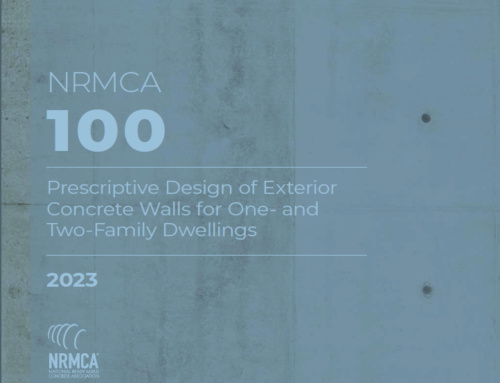Learn about the similarities and differences between Insulated Concrete Form and concrete block construction methods as it relates to strength, ease of installation, cost, energy-efficiency and design versatility with these ICF versus CMU FAQs.
What is the difference between Insulated Concrete Forms (ICFs) and Concrete Masonry Units (CMUs)?
Both ICFs and CMUs are used for building basement and above-grade structural walls in residential and commercial construction. ICF blocks have two layers of expanded polystyrene (EPS) connected by a web system that are filled with concrete and steel-reinforced to increase the durability and energy efficiency of the structure. Nudura ICFs are available in straight forms, corners, and curves for added design flexibility.
CMU walls are built by stacking cinder blocks, reinforcing with steel and securing with mortar. This system is not as strong as an ICF assembly and requires additional materials to waterproof the building envelope and achieve adequate thermal performance. The standard rectangular CMUs also limit the building’s design capabilities.
Which is stronger, ICFs or CMUs?
Insulated Concrete Form walls are more durable than CMU walls. The continuous insulation on the interior and exterior of the assembly helps the inner concrete cure more effectively for a monolithic, nearly impenetrable concrete core. Combined with steel reinforcements, an ICF wall is impact-resistant and can withstand winds up to 250 mph (402 kph).
This strength makes ICF buildings disaster-resilient and proven to endure hazardous weather, including natural disasters like earthquakes, tornadoes or hurricanes. In fact, the United States military builds its structures with ICFs to protect against potential bullets and explosions.
Conversely, the seams along a CMU block wall leave it vulnerable to extreme movement, flying debris and high winds. To achieve equivalent structural integrity of an ICF assembly, perimeter steel columns would need to be added to the CMU walls.
For construction of the Florida Armed Forces Reserve Center in St. Petersburg, Florida, designer William Murray opted for Insulated Concrete Forms due to their high level of protection, stating that “masonry construction would require reinforcement in every block at a cost 25% greater than the cost for ICF construction.”
Continue reading full article here.












